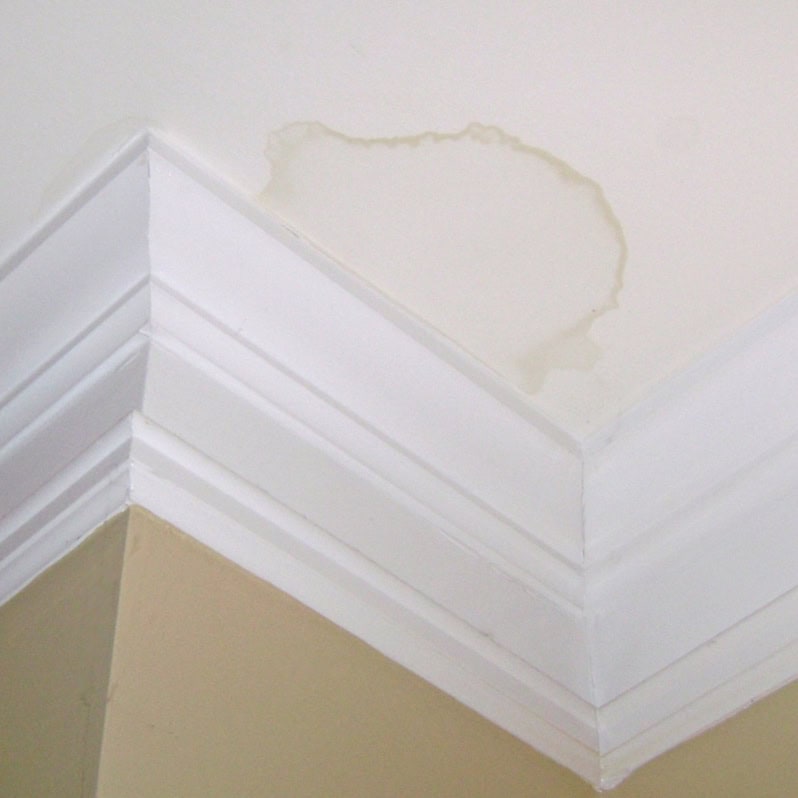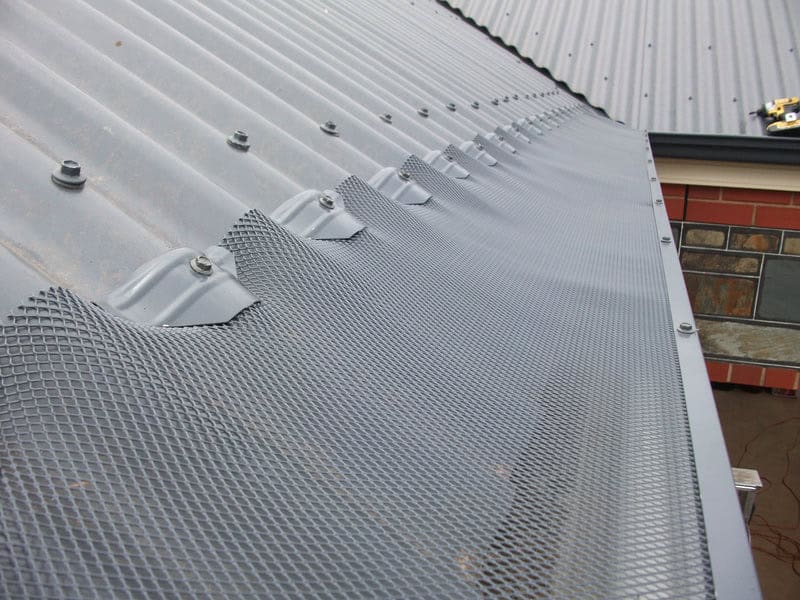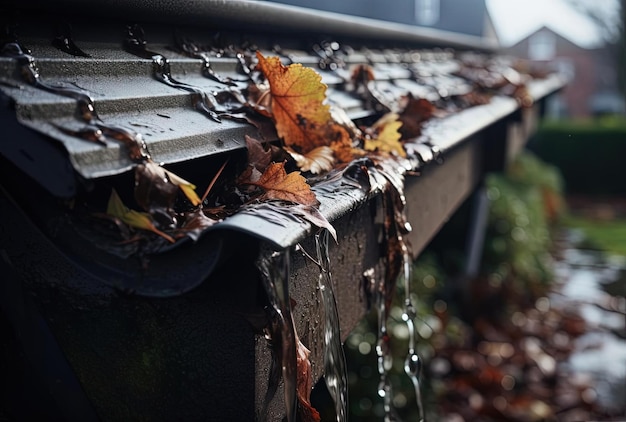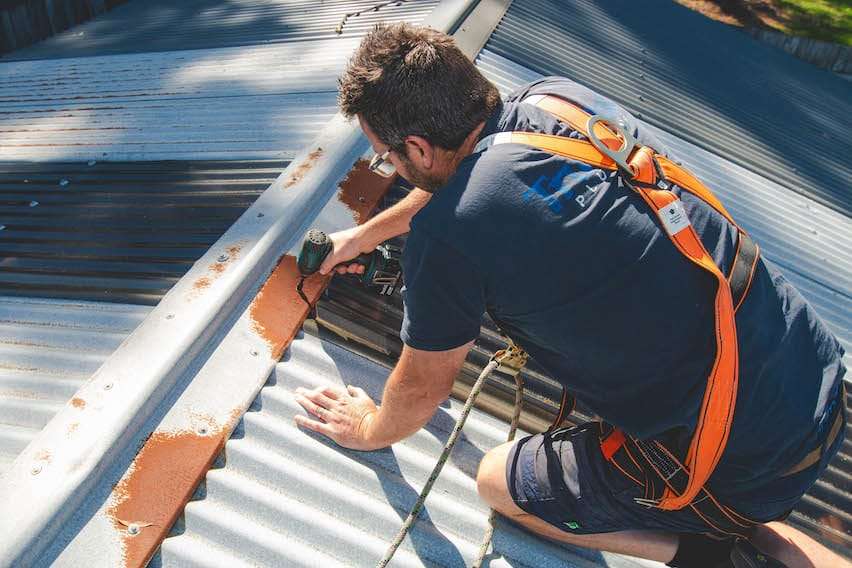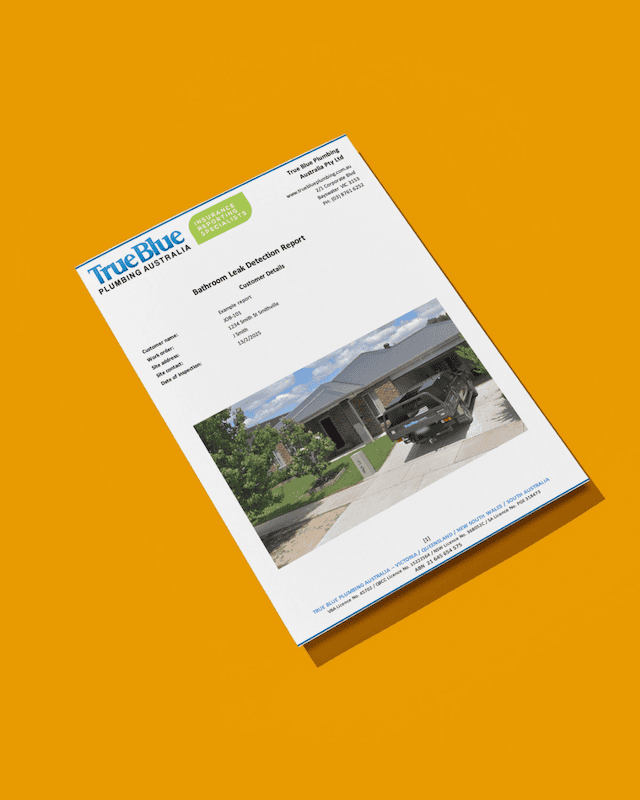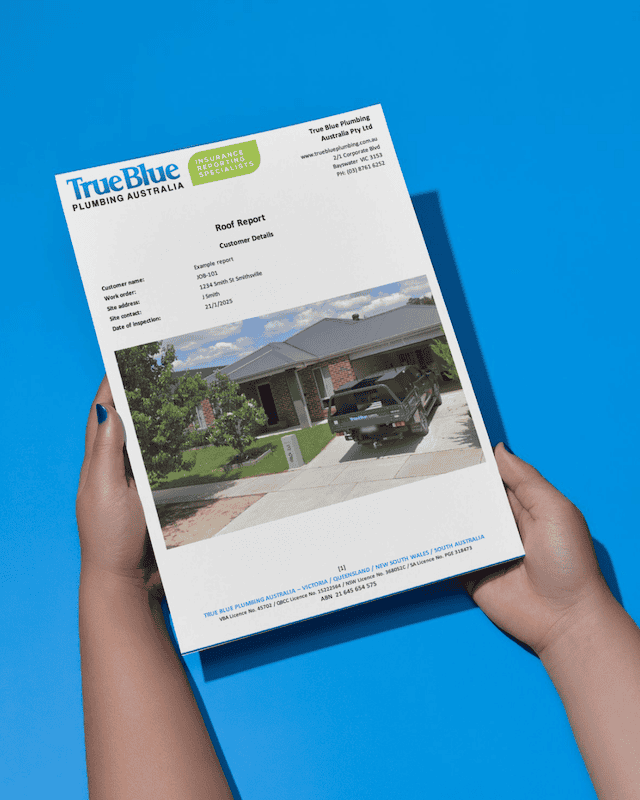Your roof is your home’s first line of defence against Australia’s extreme weather—scorching summers, torrential storms, and relentless coastal winds. Over time, tiles crack, leaks develop, and metal corrodes. Ignoring early signs can lead to costly repairs.
The key? Spot roof damage early. This Aussie homeowner’s guide will help you identify common roof issues before they become major headaches.
Why Regular Roof Inspections Are Important in Australia
- Severe storms & cyclones can rip off tiles or damage metal sheets.
- Hailstorms (especially in QLD, VIC, and NSW) can crack tiles and dent metal roofs.
- Bushfires can cause embers to lodge in roof cavities, leading to serious fire risks.
- Coastal homes experience saltwater corrosion, damaging gutters & flashing.
- Scorching summers can cause roof sealants to crack and deteriorate.
How often should you inspect your roof?
Property owners should inspect their roofs twice a year before storm season and at the end of summer to spot roof damage before it gets worse.
8 Signs of Roof Damage Every Aussie Homeowner Should Know
One of the most common requests we receive is from insurance builders who need detailed leak detection reporting to assess water damage claims.
1. Water Stains or Leaks Inside Your Home
First signs of roof damage often appear inside, watch out for:
Brown stains on ceilings or walls
Damp patches near light fixtures
Musty smells in the attic
What to do: After heavy rain, check your ceiling for leaks. If you spot roof damage, act fast before it leads to mould or insulation damage.
2. Cracked, Loose, or Missing Roof Tiles
Over time, tiles loosen, crack, or fall off, especially after a storm.
What to do: Walk around your property and inspect the roof from the ground. If you spot roof damage like missing tiles, call a roofing expert to replace them.
3. Sagging Roof Sections
A sagging roof can be a serious structural issue—it could mean rotting timber beams, excessive weight from debris, or water damage.
What to do: If you spot roof damage like dips, uneven rooflines, or wavy-looking sections, contact a roofing expert immediately.
4. Rust or Corrosion on Metal Roofs
Coastal homes are prone to salt corrosion, which weakens metal roofing.
What to do: Inspect your roof for rusty patches, especially around flashing and joints. Treat minor rust ASAP to prevent major structural issues.
5. Flashing Damage Around Vents, Skylights & Chimneys
Flashing (thin metal sheets) protects the joints in your roof. If it’s loose, cracked, or rusted, water can seep into your home.
What to do: Check around skylights, vents, and chimneys. If you see gaps, call a roofing tradie for repairs.
6. Clogged Gutters & Downpipes (Blocked by Leaves & Debris)
Blocked gutters can cause water to overflow onto your roof, leading to leaks, rot, and foundation damage.What to do:Clean gutters regularly, especially if you live near trees. Consider installing leaf guards to prevent clogging.
7. Moss & Lichen Growth
Moss and lichen trap moisture—leading to rotting timber, cracked tiles, and leaks.
What to do: Remove moss with a gentle brush or a professional roof cleaning treatment.
8. Roof Damage After Extreme Weather
Australia’s storm season, bushfires, and heatwaves can severely impact roofs.
What to do: After storms, cyclones, or bushfires, check for missing tiles, loose flashing, or signs of heat damage. If you spot roof damage, don’t delay repairs.
Learn more about our roof plumbing services right here.
When to Call a Roofing Professional
- If you spot roof damage like leaks, sagging, or visible damage
- After a major storm, hail, or bushfire event
- Before selling or buying a home
Need a roof inspection?
If you spot roof damage, call us today
Protect your home before it’s too late! If you spot any signs of roof damage, contact True Blue Plumbing for expert roofing inspections & repairs.
Why Choose True Blue Plumbing for Roofing Repairs?
- Trusted Local Roofing Specialists – Serving NSW, QLD, and VIC
- Fast & Reliable Service – No long wait times!
- High-Quality Aussie Materials – Built for Australia’s tough climate
- Transparent Pricing – No hidden costs or surprises!
- Customer Satisfaction Guaranteed
FAQs: Leak Detection Reporting & Common Concerns
How do I know if my roof has water damage?
Signs of roof water damage include:
– Yellow or brown stains on ceilings/walls
– Damp spots in the attic
– Peeling paint or bubbling drywall
– Musty odours from hidden mould growthTip: Check your roof after heavy rain or storms. If you notice moisture, act fast to prevent mould and structural damage.
Can I inspect my roof myself, or should I call a professional?
You can perform a basic roof inspection by:
– Checking for missing or broken tiles from the ground
– Looking for water stains inside your home
– Inspecting gutters for pieces of broken tilesHowever, if you notice sagging, multiple missing pieces of broken tiles, or leaks, it’s best to call a professional roofer to avoid safety risks.
What are the first signs of a sagging roof?
A sagging roof is a major warning sign of structural damage. Look for:
– A visible dip in the middle of your roof
– Uneven or wavy rooflines
– Cracks or separation in the ceiling inside your homeDon’t wait! Sagging roofs can collapse if ignored. Contact a roofing expert immediately if you notice any of these signs.
What weather conditions cause the most roof damage?
Severe weather is a leading cause of roof damage. The biggest threats include:
– Hailstorms: Can crack or dent tiles
– Strong winds: Can lift and remove tiles
– Heavy rain: Can cause leaks and wood rot
– Extreme heat: Can dry out and weaken tiles over timePro Tip: Regular inspections and preventive maintenance can help protect your roof from severe weather damage.
How often should I inspect my roof?
Recommended inspection frequency:
– Twice a year (Spring & Fall)
– After major storms or heavy winds
– Before buying or selling a homeBonus Tip: Use binoculars to inspect your roof safely from the ground. If in doubt, hire a professional roofing company.
How do I check my roof safely?
Safety first! Never climb on your roof unless you’re trained. Instead:
– Use binoculars to inspect from the ground
– Check inside your ceiling cavity for leaks or dampness
– Look for loose tiles, sagging areas, or water stains
If unsure, call a roofing specialist, it’s safer & more accurateCan I pressure wash my roof to remove moss & lichen?
Be careful! High-pressure washing can crack tiles, remove protective coatings, and push water under the roof.
Instead, use:
– Soft-bristled brushes & roof-safe cleaning solutions
– A professional roof cleaning service for stubborn mossHow do I protect my roof from bushfires?
If you live in a bushfire-prone area, follow these tips:
, clear debris, and use metal roofing. A professional can help spot roof damage caused by fire risks.
– Install ember-proof vents
– Use metal roofing
– Clear leaves & debris from gutters
– Install a roof sprinkler system
– Seal roof gaps where embers can enterA professional can help spot roof damage caused by fire risks.
Does home insurance cover roof damage in Australia?
Most home insurance policies cover storm, hail, & fire damage.
Not usually covered: Wear & tear, poor maintenance, or DIY fixes gone wrong.Tip: Regular inspections help keep your insurance valid & avoid claim rejections.
How long does a metal roof last in Australia?
A Colorbond® or Zincalume® metal roof lasts 30-50 years, but only with proper maintenance! If you spot roof damage like rust or corrosion, address it early.
– Inspect & treat rust early
– Reseal protective coatings when needed
– Check for loose screws or seamsCan blocked gutters really damage my roof?
Absolutely! Blocked gutters lead to:
– Overflowing water, causing leaks & rot
– Added weight, pulling gutters away from the house
– Pest infestations, like mosquitoes & rodentsRegular gutter cleaning = a longer-lasting roof!
How do I know if my roof needs a full replacement?
If you notice 3 or more of these signs, your roof might need replacing:
– Multiple missing or cracked tiles
– Widespread rust or corrosion
– Sagging or structural damage
– Frequent leaks, even after repairs
Need a roof inspection?
If you spot roof damage, call us today
Protect your home before it’s too late! If you spot any signs of roof damage, contact True Blue Plumbing for expert roofing inspections & repairs.

